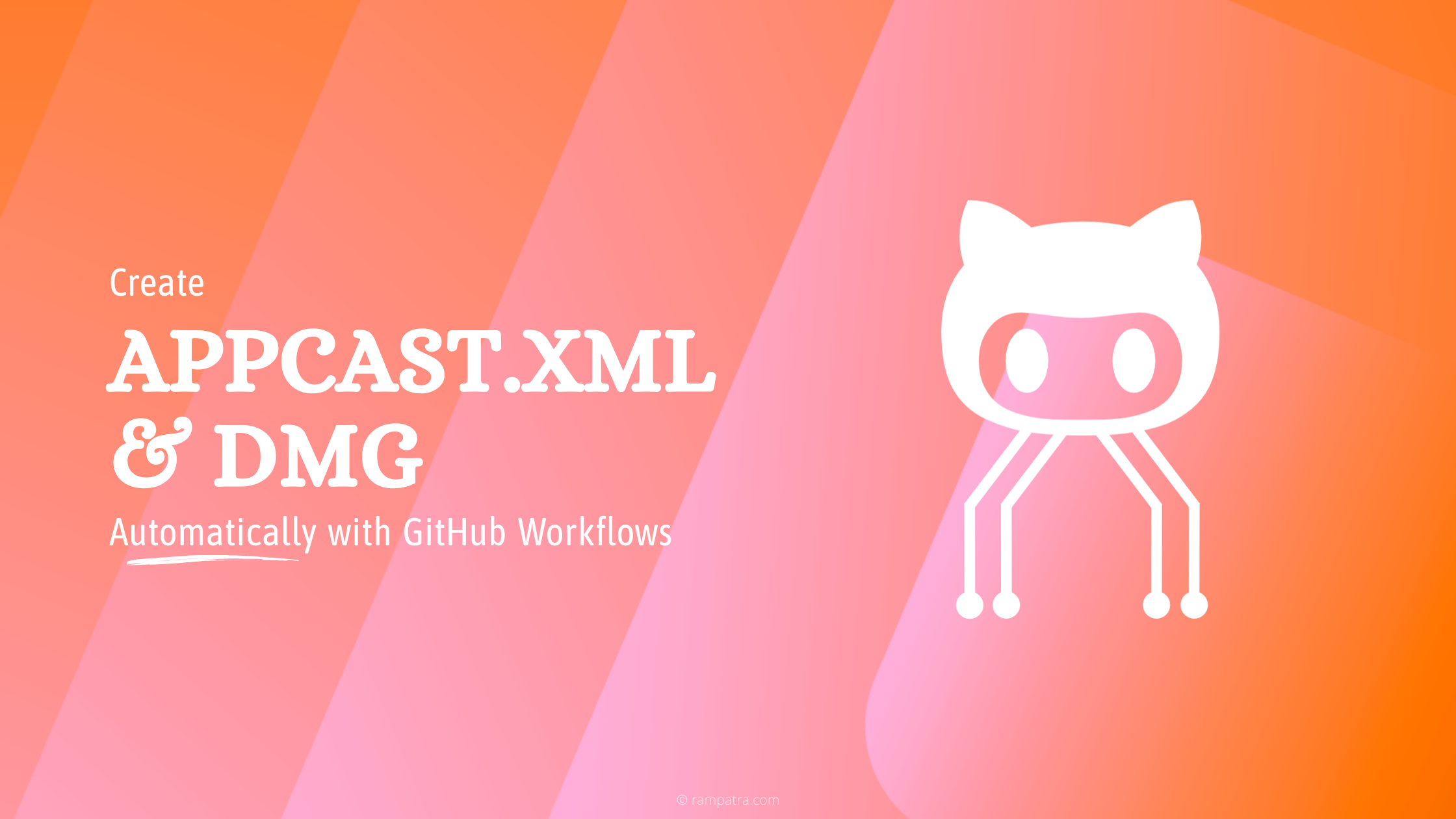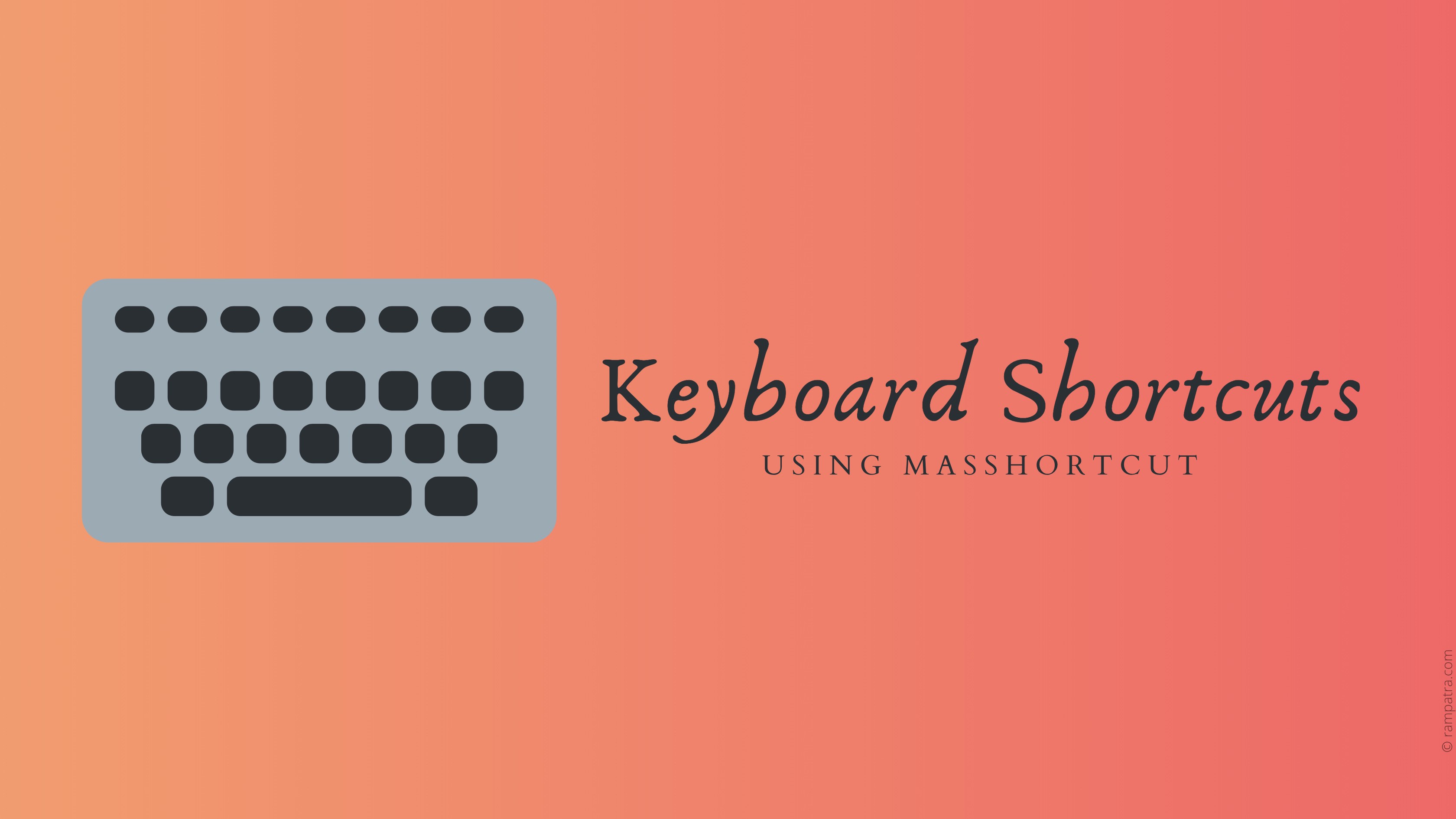Renaming your Xcode project isn’t just a matter of changing the file name — if you skip key steps, you may end up with broken schemes, missing assets, or old names still showing up. Here’s a clean, step-by-step guide to safely rename your project.
In this blog post we will see how we can fully automate macOS app updates with Sparkle 2 + GitHub Actions + GitHub Pages. We will build, notorize, sign, auto-generate appcast.xml and DMG files, etc. using GitHub Actions whenever you create a new release (this can be changed to on commit too).
When developing macOS applications with SwiftUI, you might need to create floating windows that stay on top of other windows. While modern macOS versions (15+) make this straightforward with the .windowLevel(.floating) modifier, supporting older versions requires a different approach. In this post, I’ll show you how to create floating windows that work across different macOS versions.
In a macOS or iOS app, you can easily add a zoom feature to any SwiftUI view with the scaleEffect modifier. In the below example, I am using a Slider to control the zoom level. Here’s how you can implement zooming in and out with a slider:
To programmatically open a specific pane in System Settings (formerly System Preferences) like “Privacy & Security > Camera” on macOS using SwiftUI, you can leverage the NSWorkspace class to open specific preference panes using URL schemes.
To add a character length limit to a TextField in SwiftUI, you can use a combination of Swift’s .onChange, .onPasteCommand modifier, and string manipulation to limit the number of characters the user can enter.
To create a squircle shape (a combination of a square and a circle, also known as a superellipse) in SwiftUI, you can define a custom shape by conforming to the Shape protocol and implementing the superellipse formula. The formula for a superellipse is:
In SwiftUI, looping through an enum is not directly possible without some extra work because enums in Swift don’t inherently support iteration. However, you can achieve this by making the enum CaseIterable, which automatically provides a collection of all cases in the enum.
In Swift, you can make the first character of a string uppercase by using built-in string manipulations or by extending the String type. Here’s an example of both approaches:
You can apply mirroring to a SwiftUI view by using the scaleEffect(x:y:anchor:) modifier to flip the view horizontally or vertically. Specifically, you can set the x or y scale to -1.0 to mirror the view along that axis.
To run some code before app termination in a macOS app using SwiftUI, the correct approach would involve placing the termination logic within a view, such as the ContentView. Here’s how you can do it:
SwiftUI provides an openWindow environment variable on macOS that allows you to open windows programmatically. Here’s how you can use it to open a new window when a button is clicked:
To open or close a window programmatically from outside that window using environment variables, you need to leverage the new openWindow (macOS 13+) and dismissWindow (macOS 14+) environment variables. This environment variables allow you to programmatically open and close a window by its identifier.
Combine is Apple’s declarative framework for handling asynchronous events and data streams in Swift. Introduced in SwiftUI and iOS 13, Combine leverages reactive programming principles, allowing developers to process values over time and manage complex asynchronous workflows with clarity and efficiency.
In SwiftUI, both @StateObject and @ObservedObject are property wrappers used to manage state in your views, specifically when working with objects that conform to the ObservableObject protocol. However, they serve slightly different purposes and have different use cases. Here’s a breakdown:
In SwiftUI, the @Published property wrapper is used in combination with the ObservableObject protocol to automatically announce changes to properties of a class. This allows SwiftUI views that depend on these properties to update automatically when the data changes.
Looping through an array of structs in Swift is straightforward and can be done in several ways depending on what you need to achieve. Here’s how to do it:
In Swift, to get the string value of an enum, you typically have a couple of approaches depending on the enum’s definition. Let’s go through them:
Comparing two strings in Swift is straightforward and can be done using the equality operator ==. This operator checks if two strings are exactly the same in terms of their characters and the order in which these characters appear.
In Swift, there are several ways to check for nil and assign a value to a variable, depending on the context and what you want to achieve. Here are some common approaches:
The below should work both on macOS and iOS with one minor change. That is, use UIColor instead of NSColor if you’re planning to use it for iOS.
For various reasons you may want to convert the Color type to a String. And, below is a relatively cleaner way to do it.
In Swift, the switch statement doesn’t automatically fall through to the next case. Each case block is designed to execute only the code within that case, and it doesn’t continue to the next case unless you use the fallthrough keyword.
In Swift, if you encounter a “Result of call to ‘function’ is unused” warning, it means that you’re calling a function that returns a value (typically a result type, such as Result or any other type), but you’re not doing anything with the result. To get rid of this warning, you have a few options depending on the specific situation:
In macOS 14.0 (Sonoma), Apple removed support for NSApp.sendAction to open the Settings view in your SwiftUI app. You now have to use SettingsLink like below:
Although many things in SwiftUI are idiomatic and straightforward, showing your view in a new window needs a bit of coding to do. Hence, this short post.
You can override the flagsChanged() method of NSViewController and have your code like below to detect fn key press and release in macOS:
You can ignore mouse events in a window/view by adding just a single line of code.
Like Delete key, detection of Escape key press is also slightly different than detecting general key presses.
You can use the random method in Int struct for this.
You can quit or exit an app with:NSApp.terminate(self)
Delete key press detection is slightly different than other keys. It uses NSDeleteCharacter like below:
If you go to Xcode > File > Swift Packages, you can see options to add a new Swift package, update them, reset caches, and resolve package versions. However, you do not see an option to remove a particular Swift package.
From Swift 5.0, you can use any of the following approaches to iterate an array in reverse.
You can open your app’s window on top of all other open application windows with the below code:
Before launching the window, just use the appropriate window level, and you’re done.
Adding Global Keyboard Shortcuts to your macOS app can be a pain as there isn’t a Cocoa API for the same. You would have to rely on the old, most of which are deprecated, Carbon API.

